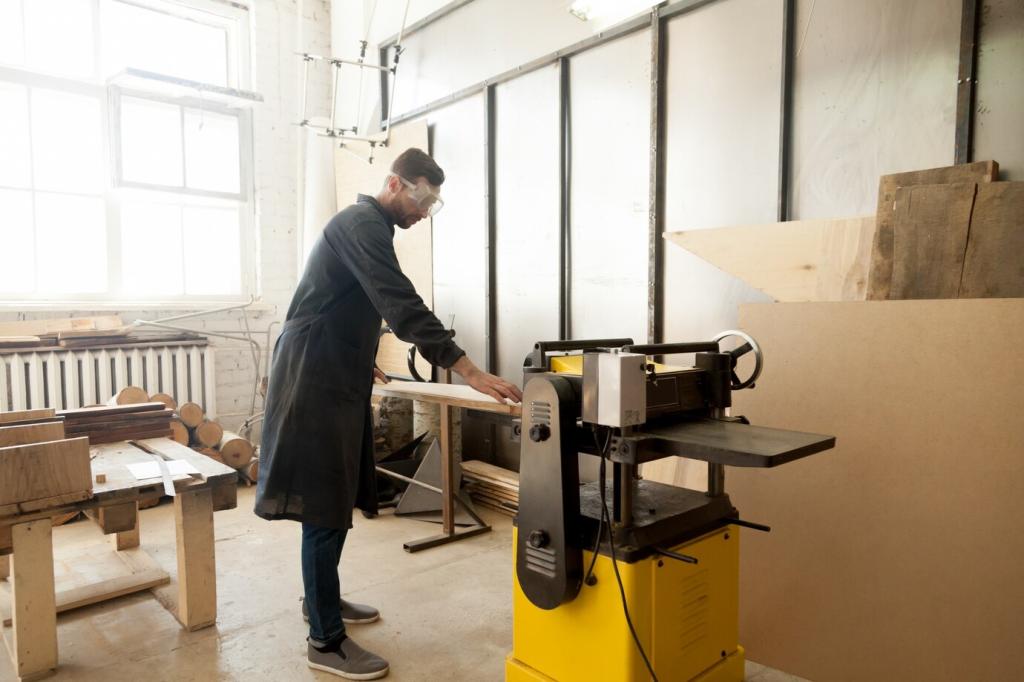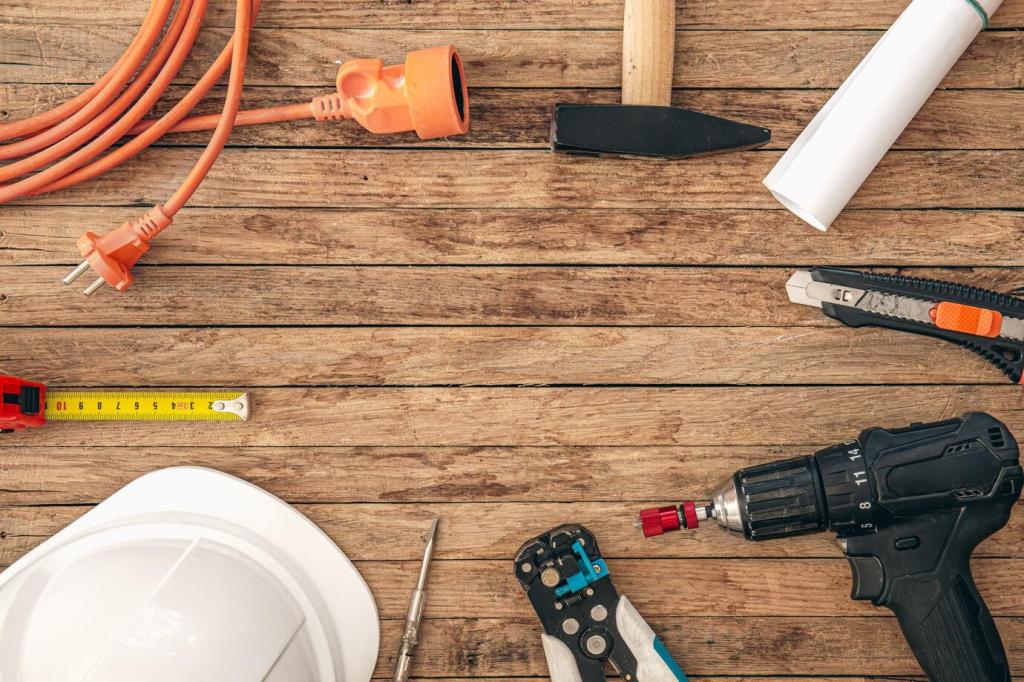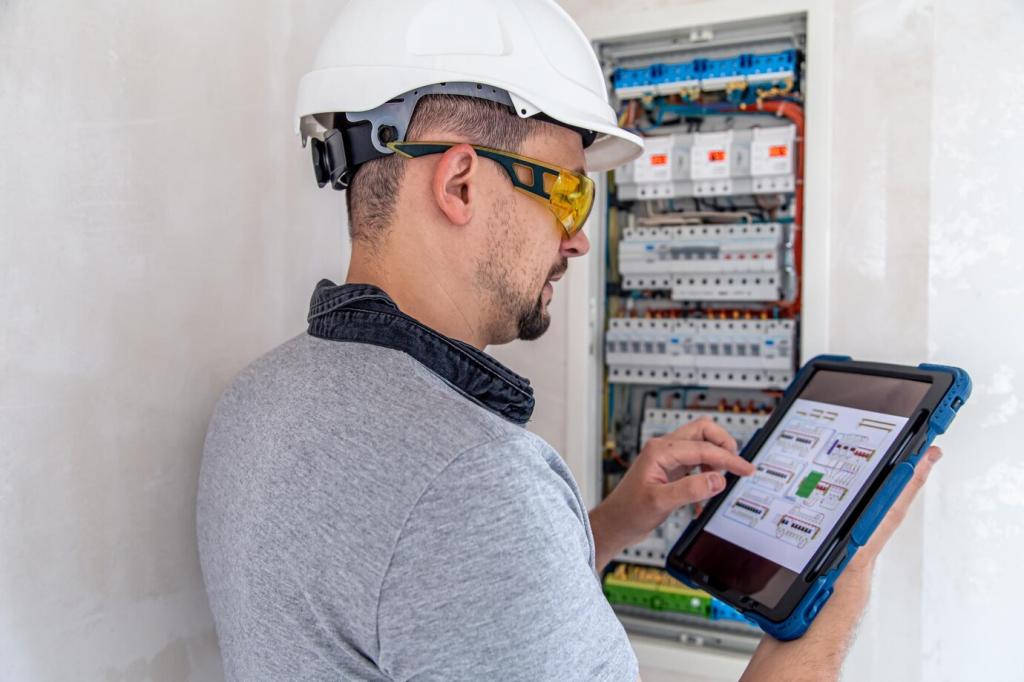
The Role of Sensors in ADAS for Safe Driving
Chosen theme: The Role of Sensors in ADAS for Safe Driving. Explore how cameras, radar, LiDAR, ultrasonics, IMUs, and GPS collaborate to prevent collisions, reduce fatigue, and build driver confidence. Share your thoughts, subscribe for updates, and help shape safer journeys.

From Perception to Protection
ADAS begins by sensing lanes, vehicles, and vulnerable road users, then predicting movement and intervening when seconds matter. This chain—from detection to decision—works best when multiple sensors cooperate, smoothing out blind spots and creating a protective, always-on co‑pilot.

A Morning Commute Saved
Picture heavy traffic, a distracted glance at the navigation, and the leading car braking abruptly. Radar senses closure speed, the camera confirms brake lights, and automatic emergency braking engages. One coordinated instant turns from potential crash to a relieved heartbeat.
Camera Systems: Seeing the Road Like a Human
Color, Context, and Classification
High-resolution cameras decode lane markings, brake lights, turn signals, pedestrians, and cyclists. Combined with machine learning, they identify nuanced cues, like a pedestrian’s gait or faded paint, enabling lane keeping, traffic sign recognition, and smarter warnings on complex roads.
Handling Glare, Darkness, and Dirt
Bright sun, headlight glare, rain droplets, and mud can compromise visual clarity. ADAS mitigations include HDR sensors, heated housings, hydrophobic coatings, and redundancy with radar. Keep lenses clean and report troublesome conditions to improve future models through user feedback.
Make Your Cameras Work Their Best
Check for obstructions, calibrate after windshield replacements, and learn your vehicle’s camera viewing angles. Share your maintenance habits and subscribe to our camera care checklist so your car sees clearly when visibility becomes your biggest safety challenge.

Radar and LiDAR: Measuring Distance with Confidence
Using radio waves, radar penetrates rain, fog, and road spray to estimate range and relative speed. It excels at highway adaptive cruise control and collision warnings, tracking multiple targets with resilience that keeps your driving support steady when conditions get messy.
Radar and LiDAR: Measuring Distance with Confidence
LiDAR emits light pulses to build 3D point clouds of surroundings, capturing contours and edges with striking detail. While cost and weather exposure vary by system, LiDAR’s geometric precision supports accurate object boundaries and helps ADAS interpret complex, cluttered environments.
Ultrasonic, IMU, and GPS: The Supporting Cast
Parking sensors ping nearby obstacles you might miss—curbs, posts, or toys. Their short-range strength complements cameras by warning about objects lurking below the bumper line. Tell us when ultrasonics saved your paint, and we will compile the best practical tips.
Sensor Fusion and AI: Turning Signals into Decisions
Redundancy, Confidence, and Timing
Fusion weighs each sensor’s confidence based on conditions—trusting radar in rain, cameras in daylight, or LiDAR in clutter. This dynamic balance triggers timely warnings and gentle corrections that drivers accept because they feel appropriately measured and helpful.
AI That Learns Real Roads
Models improve by training on diverse data: night construction, reflective signs, unusual vehicles, and unpredictable pedestrians. Share tricky scenarios you encounter, and subscribe to follow how open datasets and community feedback help ADAS learn safer, fairer decision patterns.
Testing, Validation, and Transparency
Bench tests, simulation, and road miles validate perception and control. Publishing limitations—like glare, heavy snow, or temporary lane shifts—builds trust. Comment on transparency you expect from manufacturers so we can advocate for clearer, driver-first communication.
Calibration, Care, and Everyday Reliability
Camera and radar modules often require recalibration after glass or body work. A few millimeters off can change lane interpretation or range estimates. Ask your shop about ADAS calibration, and share experiences to help others avoid risky misalignment.

Ethics, Privacy, and Trust in Sensor Data
Protecting Driver and Bystander Privacy
Anonymization, minimal data collection, and secure storage are essential. Systems should avoid unnecessary retention and respect local laws. Share which privacy commitments matter most to you, and we will champion sensible standards that keep safety and dignity aligned.

